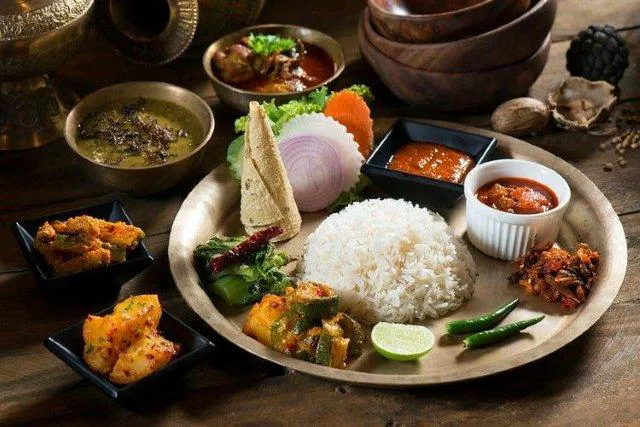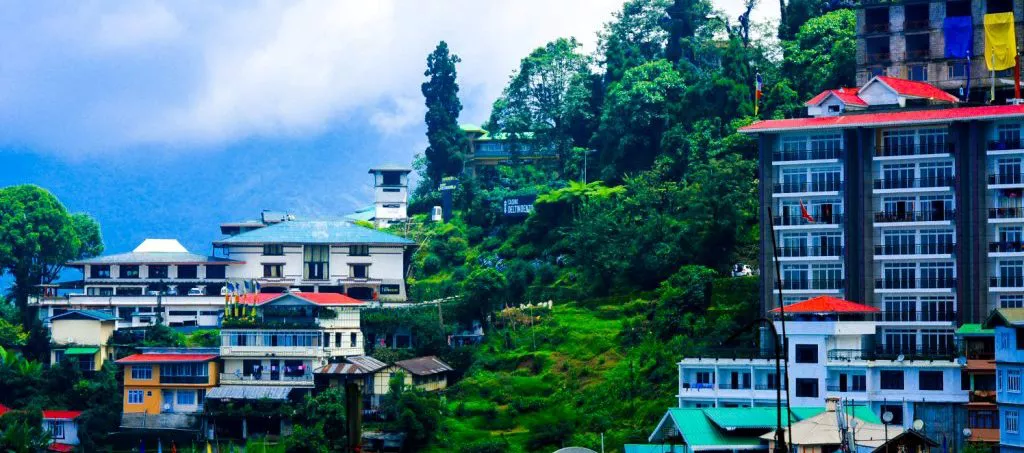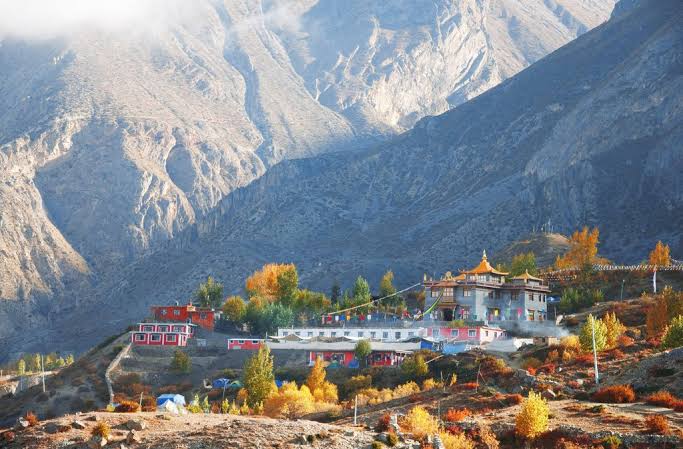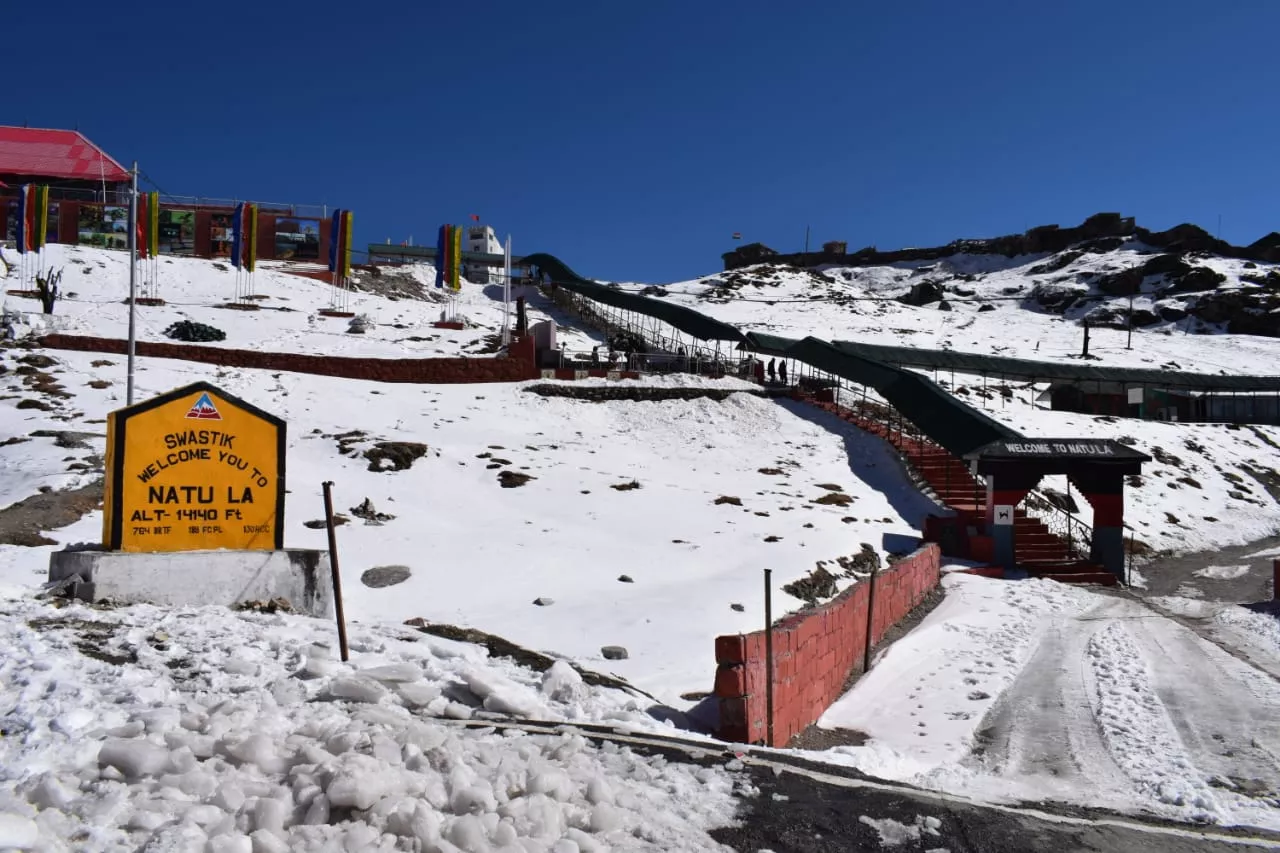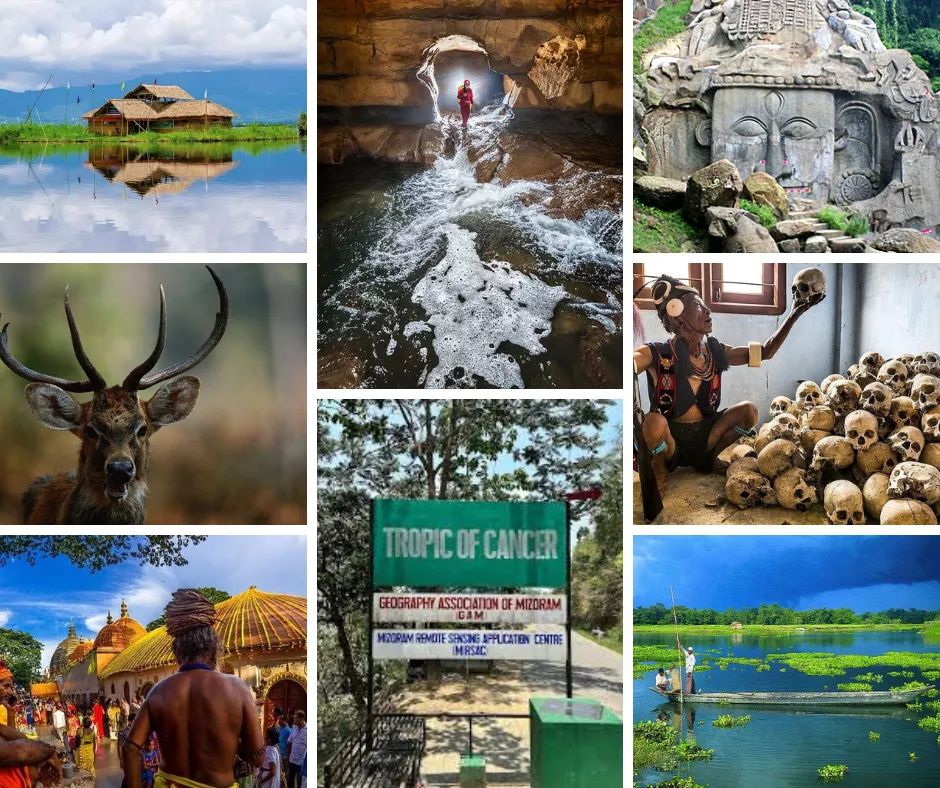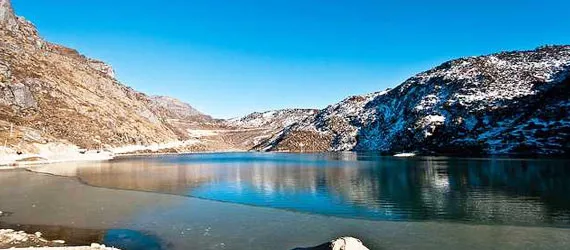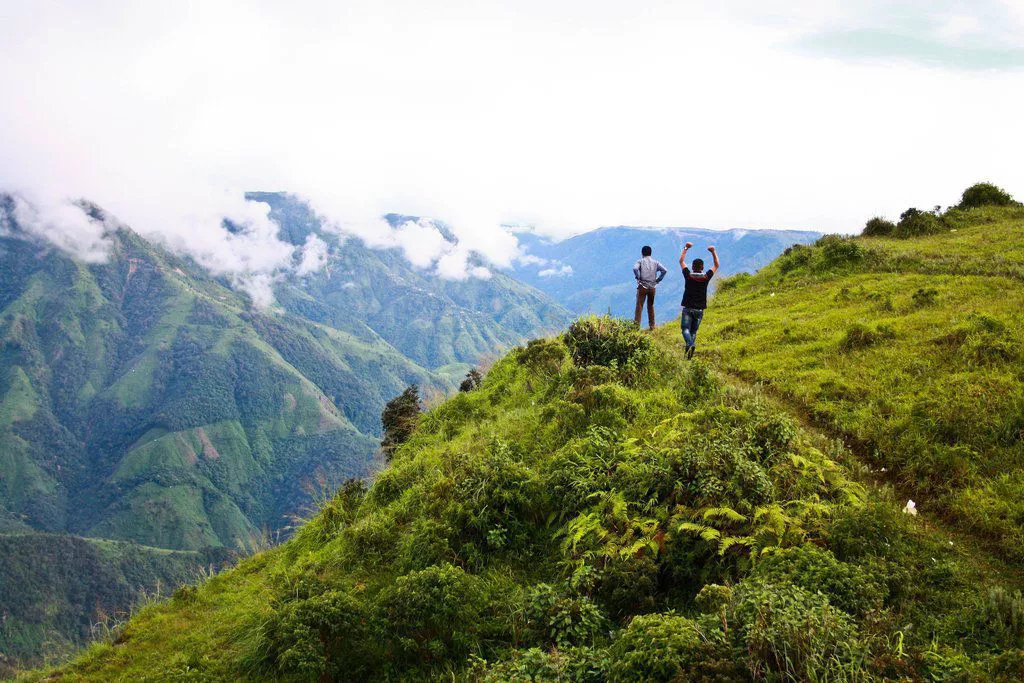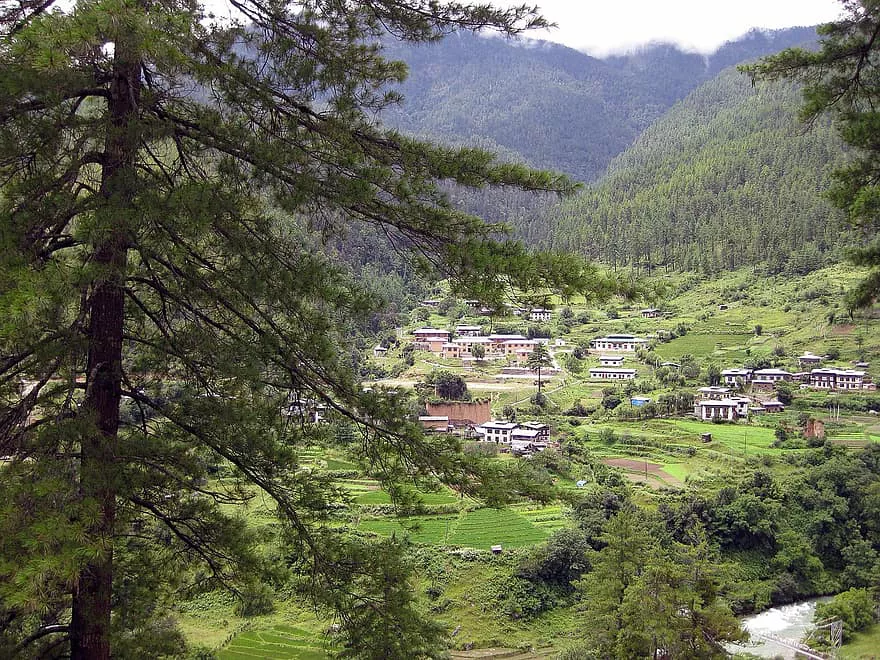
The “Land of Thunder Dragon” Bhutan is a small beautiful country in South-Asia with deep valleys, high passes, rich culture, and delightful history. The beautiful valleys of Bhutan can leave anyone awestruck!
Since time immemorial, the valleys of Bhutan have been the centre of attraction, and these valleys beckon voyagers from all around the world. The lush greenery, thick forests with tall trees, pristine rivers, and gigantic mountains that surround these valleys provide excitement with tranquility. The natural beauty of these valleys softly speaks of the bounty of nature's overall material riches.
Here’s a brief introduction to the majestic grandeur and mystery of the 8 valleys of Bhutan that contribute to making the trip to Bhutan utterly outstanding and worthwhile.
(1) Phobjikha Valley – ‘The valley of blacked-necked cranes’
The strikingly appealing glacial valley against the backdrop of western slopes of black mountains in Bhutan is known as Phobjikha Valley. This valley is naturally carved like a bowl and is also known as Gangtey Valley after the Gangtey Monastery of Bhutan. Phobjikha Valley offers breathtaking natural views of vast green fields and is stacked with hiking trails, beautiful villages, and sanctuaries. It is also home to the endangered black-necked crane that migrates to the valley during the winters. Relatively untouched and less explored, the valley’s villages and the places nearby are worth visiting.
Location: Phobjikha Valley is located at an altitude of 3000 m above sea level at Wangdue Phodrang, Bhutan.
Best time to visit Phobjikha Valley: October-December and March-May
(2) Punakha Valley – ‘Where two rivers confluence’
Punakha is one of the 20 districts of Bhutan. The valley is a wonder when it comes to natural architecture. Punakha Valley offers awesome visuals of thick forests surrounded by beautiful hills and vastly spread green fields. It is also famous for rice farming and sits peacefully at the intersection of two important rivers of the country. The two prominent rivers, River Po Chhu and River Mo Chhu flowing along the valley, make it immensely fertile and contribute in making the place an excellent terrain for rice cultivation. Punakha Valley also makes one great destination for adventurous activities like river rafting, hiking, trekking, and camping.
Location: Punakha Valley is located at an altitude of 1200 m above sea level, 84.2 km from Thimphu in Punakha Dzongkhag, Bhutan.
Best time to visit Punakha Valley: March-May
(3) Paro Valley – ‘Home to Bhutan’s Tiger Nest’
The Paro Valley is one of the widest valleys of Bhutan and home to 155 temples and monasteries that date back to the 14th century. Out of these places, the most notable monastery at Paro Valley is the Taktsang Monastery also called Tiger’s Nest; it is also the country’s famous fascination. Bhutan’s largest and sole International Airport – The Paro International Airport is also located here. This airport also falls under the world’s top 10 challenging airports to land and is one of the major tourist attractions at Paro. Paro Valley is flawlessly wrapped in wide fields, and its cultural plus historical extravagance makes it one of the must-visit places in Bhutan.
Location: Paro Valley is located at an elevation of 2200 m above sea level in the Paro District of Bhutan.
Best time to visit Paro Valley: September-May
(4) Haa Valley – ‘Hidden land rice valley of Bhutan’
Haa Valley is one of the most picturesque places in Bhutan surrounded by idyllic woods and natural pathways and trails making this valley an ideal hub for hikers, trekkers, and nature enthusiasts. About 30 km from Paro, Haa Valley is a little isolated but loaded with huge paddy ranges and encompassed by mountains and fields; also Mt Jichu Drakey and Chomolhari can also be seen from the valley. It is also the only place in the world where the creamed color poppy (Meconopsis Superba) is found. Packed with culture and surreal views of nature, Haa Valley is also home to nomadic herders.
Location: Haa Valley is located at an altitude of 2743.2 m in the south-west of Paro District in Bhutan.
Best time to visit Haa Valley: March-May and October-November
(5) Thimphu Valley – ‘The capital of the Land of Thunder Dragon’
Thimphu, the heart of the Land of Thunder Dragon - Bhutan was declared as the capital city of the country in 1961. Thimphu Valley is a blend of modern vitality, cultures, and traditions. The stunning landscaped vistas of Thimphu are enough to sweep anyone’s feet off the ground with panoramic views of nature and all-encompassing snow-capped mountains. It has several religious sites and numerous amazing spots to visit and explore. Thimphu was originally pronounced as “Thimbu.” It is the most modernized area in the country with cafes, internet centers, and restaurants, and nightlife is equally interesting with its many pubs. However, many ancient architectural structures reflecting Bhutanese cultures and traditions can also be seen here.
Fun fact: Thimphu is the only capital of a country that has no traffic lights installed.
Location: Thimphu Valley is located at an altitude of 2248 m in the west-central region of Bhutan, Thimphu District in Bhutan.
Best time to visit Thimphu Valley: March-May and September-November
(6) Lhuentse Valley – ‘Formerly called as the Kurtoe Valley’
Lhuentse is a small and peaceful town that was formerly known as Kurtoe. Lhuentse Valley is one of the hidden valleys in Bhutan and the ancestral home of the royals. This valley is also the most isolated valley in the country making it one of the best places to soak one’s soul in the awesome vistas of nature. Though Lhuentse may not offer as many tourist spots as other valleys of Bhutan do, but it does offer some of the great architectures and places to visit in Bhutan. While in Lhuentse, one should visit Lhuentse Dzong, Jigme Namgyel Naktsang, Kilung Lhakhang, Khoma Village, and Kilung Monastery while heading towards the valley. This valley also provides the best textiles in the country, and Khoma Village is famous for it.
Location: Lhuentse Valley is located at an altitude of 2023 m, around 67km away from Mongar in the Eastern part of the country.
Best time to visit Lhuenste Valley: November-April
(7) Bumthang Valley – ‘Spiritual center of the country’
Bumthang in Bhutan is the home to four stunning mountains valleys and is blessed with an array of ancient monasteries holding spiritual values and sanctuaries as well. Bumthang Valley is also considered as the most historic place of all districts in Bhutan, and it has also marked its spot as an outstanding region of the country. Bumthang Valley falls under the most sacred and spiritual locations in the country and is perfect for visitors seeking spirituality amid natural beauty. Some also consider Bumthang Valley as the ‘Switzerland of the East,’ and the four noteworthy and lovely mountain valleys that make Bumthang an extraordinary destination are Chumey, Ura, Tang, and Choekhor. Choekhor is the biggest valley of the four; Choekhor is also another name for Bumthang. This valley literally translates to ‘beautiful field’ and is known to be the religious heartland of Bhutan.
Location: Bumthang Valley is located at an elevation of 2800 m, in Bumthang Dzongkhag (or district) in Bhutan.
Best time to visit Bumthang Valley: March-May and September-November
(8) Trongsa Valley in Bhutan – ‘The Heart of Bhutan’
Known to be the heartland of the Himalayan Kingdom – Bhutan, Trongsa Valley is a pretty hilltop which translates to ‘new village’ in Dzongkha (the national language of Bhutan). This beautiful valley of Bhutan has a stunning backdrop of black mountains that offer spectacular visuals of the valleys in its surroundings. Trongsa Valley is not only known for its unimaginable beauty but also its historical significance. The Wangchuck dynasty of Bhutan was originated here, and this place was also given much importance since the route from East to West Bhutan passed by Trongsa. This valley not just offers an insight to its heritage in Bhutan but has also become one of the popular places for hiking and trekking.
Location: Trongsa Valley is located at an altitude of 2200 m at a junction connecting Bumthang and Gelephu in the center of Bhutan.
Best time to visit Trongsa Valley: April-June and November-February
Related blog posts
